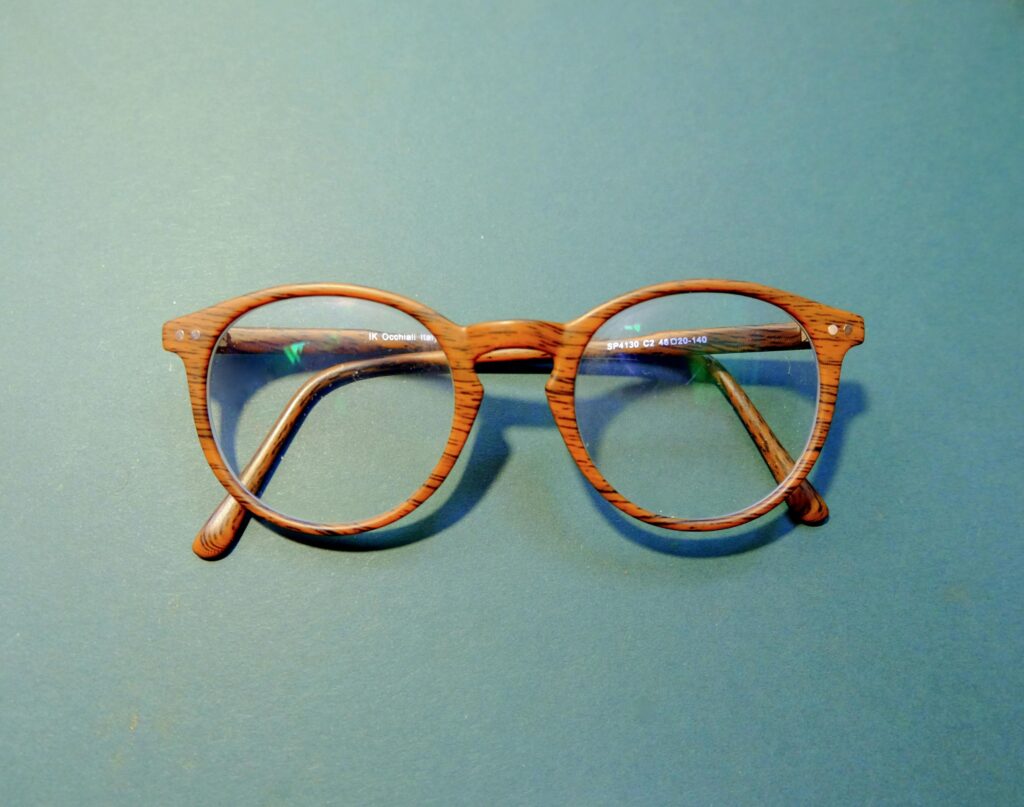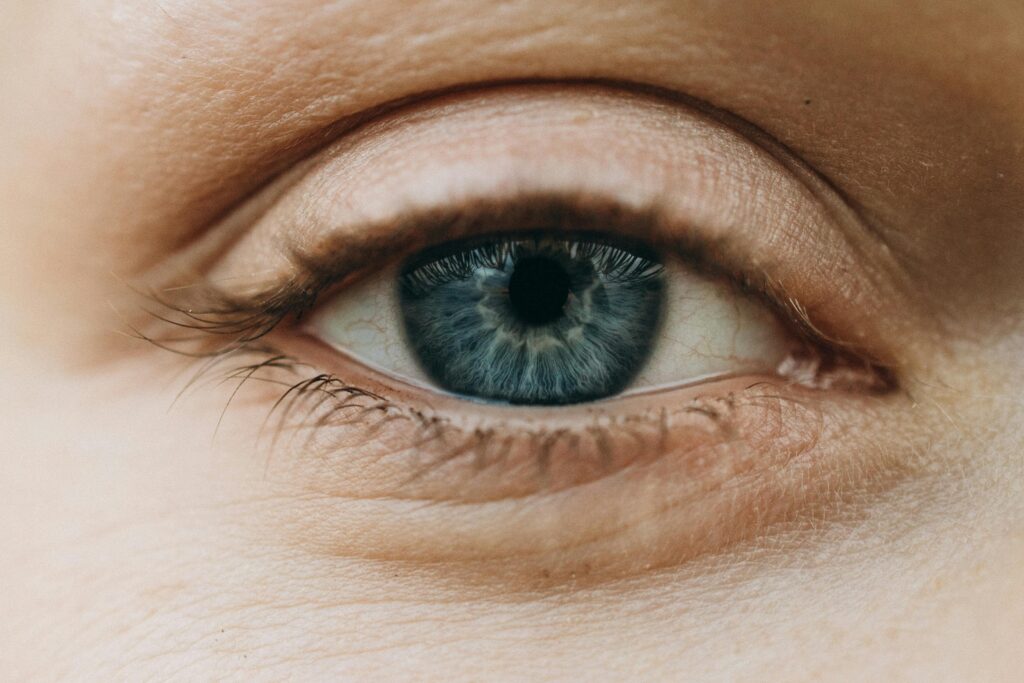Red Eye Treatment

Red eye is a common condition that occurs mainly when the blood vessels in the eye become dilated, leading to redness. Various factors, including infections, allergies, or irritation, can cause it. While red eye is often not a serious condition, it can be uncomfortable and concerning, especially if it does not go away. This article will explore the common causes of red eye, symptoms to watch for, and available treatment options.
Common Causes of Red Eye
- Conjunctivitis (Pink Eye) Conjunctivitis, commonly known as pink eye, is an infection or inflammation of the conjunctiva, the thin membrane that covers the white part of the eye. Bacteria, viruses, or allergies can cause it.
- Symptoms: redness, swelling, itchiness, watery discharge.
- Treatment: Antibiotic or antiviral eye drops (if bacterial or viral) and antihistamines for allergic conjunctivitis.
- Dry Eye Syndrome Dry eyes occur when the tear glands do not produce enough moisture, causing irritation and redness. This is more common among older adults or those who spend long hours staring at screens.
- Symptoms: redness, burning, stinging, and dryness or grittiness.
- Treatment: Over-the-counter artificial tears, lifestyle changes (taking breaks from screens, using humidifiers), and prescription eye drops.
- Allergic Reactions Allergies can cause the eyes to become red, itchy, and watery. Pollens, dust, and pet dander are common allergens.
- Symptoms: redness, itching, tearing, and sensitivity to light.
- Treatment: Antihistamines, eye drops specifically for allergic reactions, and avoiding allergens.
- Contact Lens Irritation Wearing contact lenses, especially for long hours or without proper cleaning, can lead to irritation and redness.
- Symptoms: Redness, discomfort, and sometimes blurred vision.
- Treatment: Remove contacts, clean them properly, or consider switching to daily disposable lenses. If the irritation persists, consult an eye doctor.
- Subconjunctival Hemorrhage A subconjunctival hemorrhage occurs when a small blood vessel in the eye breaks, causing a red patch on the white part of the eye. It is usually harmless and can happen due to a sudden increase in pressure, like coughing or sneezing.
- Symptoms: A red spot on the white eye with no pain or other symptoms.
- Treatment: No specific treatment is required. The redness typically clears up within 1-2 weeks.
- Blepharitis is the inflammation of the eyelids, often caused by bacteria or skin conditions like dandruff. It can lead to red, irritated eyes.
- Symptoms: Redness around the eyes, itchy eyelids, and a gritty feeling in the eyes.
- Treatment: Regular eyelid cleaning, warm compresses, and antibiotic ointments (if bacterial).
- Glaucoma is a serious eye condition caused by increased intraocular pressure, which can damage the optic nerve. Acute angle-closure glaucoma can cause sudden, severe eye redness and pain.
- Symptoms: severe pain, headache, blurred vision, nausea, along with redness.
- Treatment: Seek immediate medical attention. Treatment may include medications, eye drops, or surgery to lower the eye pressure.
Treatment Options for Red Eye
The best treatment for red eyes depends on the underlying cause. Here are general treatments for common causes:
- Cold or Warm Compress: Applying a warm compress to the eyes can soothe irritation caused by dry eyes or blepharitis. A cold compress may help reduce redness from allergies or inflammation.
- Prescription or Over-the-Counter Eye Drops For bacterial infections, antibiotic eye drops may be required. Antiviral eye drops or supportive care (like artificial tears) are often recommended for viral infections. Allergic red eyes can be treated with antihistamine or anti-inflammatory eye drops.
- Artificial Tears: Over-the-counter artificial tear drops can help alleviate dryness and irritation caused by prolonged screen time, air conditioning, or environmental factors.
- Antihistamine. If allergies are the cause of the red eyes, antihistamines can reduce inflammation and relieve symptoms. These can be taken orally or applied as eye drops.
- Proper Contact Lens Care: If you wear contact lenses, ensure proper hygiene and give your eyes a break from wearing them. Consider switching to daily disposables or using lubricating eye drops to prevent dryness.
- Medical Intervention If the red eye is caused by a serious condition such as glaucoma or a severe infection, immediate medical attention is necessary. A healthcare provider may prescribe specific treatments or refer you to an ophthalmologist for specialized care.
When to Seek Medical Help
While red eyes are often not a cause for concern, you should seek medical attention if:
- The redness is accompanied by pain, blurred vision, or light sensitivity.
- Symptoms persist for more than a few days.
- You experience sudden changes in vision or extreme discomfort.
- You have a history of eye conditions like glaucoma.
Conclusion

Red eyes are usually mild and temporary, but they can also indicate underlying issues that need treatment. By identifying the cause and choosing the right treatment, most cases of red eyes can be managed effectively. If the problem persists or worsens, it is important to consult a healthcare provider to rule out serious conditions.
